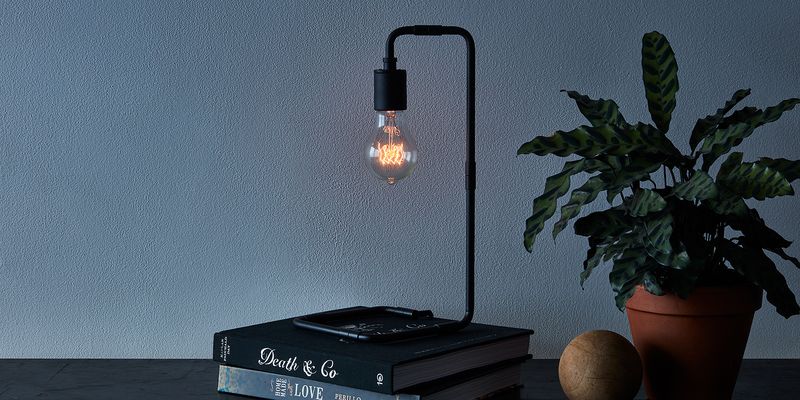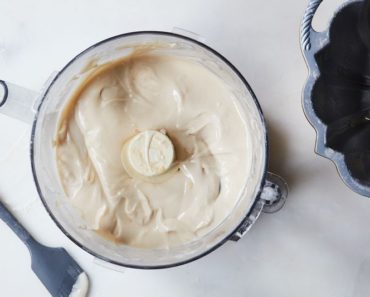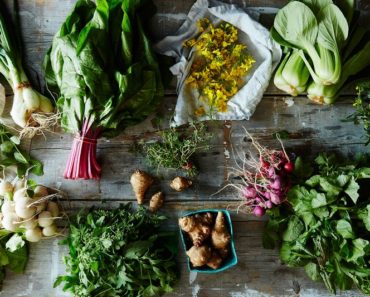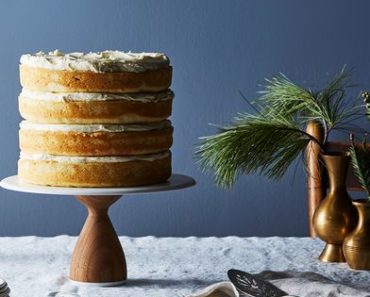It’s clear from looking at the popularity of lifestyle trends like Danish hygge, Japanese ikigai, Swedish lagom, and Scottish còsagach that people are seeking ways to put the brakes on their hectic, overrun, overcommitted lives to slow down and appreciate the simpler things.
That’s the situation self-identified former “binge consumer” Cait Flanders found herself in in her late 20s, nearly $30,000 dollars in debt, unhappy with everything, and no sight of slowing in her spending or drinking. She may not have turned to any of the abovementioned trends, but she did take a stand in her own way. The Year of Less: How I Stopped Shopping, Gave Away My Belongings, and Discovered Life Is Worth More Than Anything You Can Buy in a Store documents how she broke her cycle of earning more, buying more, wanting more (and more, and more) with a year of not spending money on non-essential items.

Below is a peek at what strategies she used to get out of her consumerist habits, and how she came to find a life more in line with her personal goals and values.
The Year of Less (an Excerpt)
Before you get started, I would encourage you to spend some time thinking about one thing: the reason you want to take on a challenge such as this in the first place. Some people call this their “why.” It might be the same reason you do anything in life, or it could be very specific to this
challenge. If you need help determining your why, consider where you’re at in your life’s journey so far and ask yourself these questions. What do you want right now? What do you want to get out of this life? What mark do you want to leave on the world? And why?
Throughout the challenge, I would also encourage you to keep a list of your values. Your values should not be your aspirations—confusing the two is just one of the reasons I used to buy things for the ideal version of myself. Instead, your values can be defined as both your principles or standards of behavior, and as your judgment of what is important in life. Whenever you realize what one of your values is, add it to the list. Keep this nearby (perhaps even in your wallet).
By the time you finish your own experiment, my hope is you will be living a lifestyle that aligns with your goals and values—and that your budget aligns with them too. When everything is working together, it’s a lot easier to find inner peace, appreciation, and gratitude for all you have.
Good luck!
1. Declutter Your Home
Before you begin a shopping ban for any length of time, I would suggest going through your home and getting rid of anything that doesn’t serve a purpose in your life. Don’t just organize your stuff—analyze it, ask yourself what you want to keep, and let go of all the rest. I’m sure
that sounds counterintuitive to some degree. You’re not going to be allowed to shop for three months, six months, or a year, and you’re also going to get rid of the things you currently have? But decluttering first can open your eyes to how much stuff you’ve wasted money on in the past,
which can serve as motivation to not waste more money during your shopping ban. It will also give you a visual reminder of how much stuff you’re keeping.

by Courtney Iseman
2. Take Inventory
It’s easy to forget how much stuff you own when it lives inside closets, drawers, and boxes. While you’re decluttering, I suggest also taking inventory of the items you own the most of. You don’t have to be as exact as I was, where I literally wrote down things like how many pens I owned. Instead, try this: Go through each room of your home and write down the top five items you have the most of. For example, in your bathroom, you might have a lot of shampoo, conditioner, lotion, toothpaste, and deodorant. Take inventory of those items and write down the number you currently have “in stock.” These are some of the things you will not be allowed to buy during your shopping ban—at least, not until you run out of them and need more.
3. Write Three Lists
When you were decluttering and taking inventory, two things probably started to become clear: There are things in your home you definitely don’t need to buy more of, and there are probably also a few things you will, in fact, need to buy during your shopping ban. At this point, it’s
time to write three lists.
• The Essentials List: This is a list of things you’re allowed to buy whenever you run out
of them. The easiest way to create this list is to walk around your home and look at what
you use in each room every day. For me, this included things like groceries and toiletries. I
also included gifts for others.
• The Nonessentials List: This is a list of things you’re not allowed to buy during your shopping ban. For me, that included things I thought I would enjoy but didn’t use on a daily basis, like books, magazines, and candles. If you took inventory of any of these items, add the number you have beside it for reference.
• The Approved Shopping List: This is a list of specific things you’re allowed to buy during
your shopping ban. As you declutter and take stock of what you own, think about what’s
coming up during the time span of your shopping ban and figure out what you might
need to add to this list.
This excerpt has been reprinted with permission from The Year of Less: How I Stopped Shopping, Gave Away My Belongings, and Discovered Life Is Worth More Than Anything You Can Buy in a Store by Cait Flanders. It can be found online at hayhouse.com or amazon.com and Barnes and Noble.
Would you be able to go without a year of spending on non-essential items? We’d love to know, please share your thoughts below.
(via Food52)






